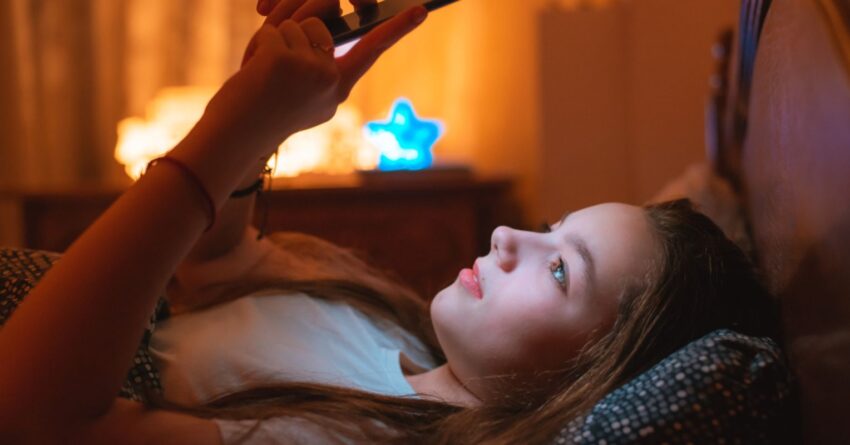Last month, U.S. Surgeon General Dr. Vivek Murthy announced plans for placing warning labels on social media platforms. (This requires Congressional approval.) The warning message he proposes is that social media is associated with significant mental health problems in adolescents.
Dr. Murthy’s warning doesn’t come out of the blue. Last year, his office issued a rigorously researched 25-page advisory titled “Social Media and Youth Mental Health.” The takeaways from the advisory were frightening and convincing. Much of the evidence he cited concerns higher risks of depression, anxiety, loneliness, and body image issues, especially among heavy users of social media.
Regarding eating disorders specifically, the 2023 report says: “A synthesis of 20 studies demonstrated a significant relationship between social media use and body image concerns and eating disorders.” The advisory mentions the rampant social comparison that happens on the platforms, including the infamous “likes” and “dislikes” that can be so destructive to the mental health of adolescents.
For me, as the chief medical officer for an eating disorder program and a substance use disorder clinic, it’s the eating disorder and substance use risks of social media that stand out most.
What Research Shows About Social Media and Youth Mental Health
A key piece of damning evidence cited in the advisory was a recent study of 6,595 adolescents. Researchers found that those who spent more than three hours a day on social media had double the risk of mental health problems. These included depression and anxiety.
Given that the average daily social media use among that age group is now 4.8 hours, and that 3 hours a day is associated with twice the depression and anxiety risk, you have to ask: What effect could 4.8 hours a day have on young people?
There’s also the 2022 survey of U.S. adolescents aged 13 to 17 that found that nearly half the people in that age group believe that being on social media makes them feel worse about their bodies.
The Potential Parallels Between Social Media Use and Addiction
Dr. Murthy didn’t include a lot about addiction when arguing for social media warning labels, but he could have. Though internet or social media addiction is not a recognized disorder in the most recent edition of the Diagnostic and Statistical Manual (DSM 5-TR), a proposed condition labeled internet gaming disorder was added as an area for future research.
Researchers have suggested that, if it was substantiated with further research, internet gaming disorder could become a broader umbrella that could fit internet/social medical addiction. Interestingly, the proposed criteria for internet gaming disorder are very similar to the criteria used to diagnose addiction, including loss of control, negative consequences, tolerance, and withdrawal syndrome.
Yet the sheer amount of time that young people spend on social media—nearly 5 hours a day—is where I see symptoms that parallel what we see with addiction. It seems to pull them in and doesn’t let them go. Once they do break free, they’re soon pulled back in for more. For some, their use escalates and when they stop using, they may develop mood symptoms that could be seen as analogous to withdrawal.
It’s also looking more and more likely that excessive social media exposure could be overstimulating areas of the brain, including some of the circuits in the reward center. A very recent literature review of imaging studies, published in June 2024, suggested that in the brains of adolescents with excessive internet use, there are changes in certain areas devoted to things such as cognitive control, reward valuation centers, and motor coordination.
Overexposure to social media may also cause changes in brain structure that mimic the changes seen in people with drug, alcohol, or gambling addictions.
A Word on Warning Labels vs. Free Speech
The surgeon general’s social media warning label initiative has already met with pushback from tech and social media companies and others who are expected to invoke free speech laws to support their argument.
Social Media Essential Reads
These groups believe the government can’t force companies like TikTok and Instagram to include product warnings. They say that constitutes “compelled speech,” in other words forcing people (or in this case, companies) to express things they do not want to say. Others simply say the warning label smacks of government overreach and abuse of power.
I understand those arguments and I realize these kinds of public health initiatives can be thorny and complex. But in this case, I come down on the side of the health and safety of our young people.
Final Thoughts on Social Media Warning Labels
An adolescent’s body, brain, and personality are all still developing, and I believe we have a special obligation to protect them during this vulnerable time.
With that as our guide, putting warning labels on social media platforms seems an entirely appropriate thing to do. In fact, it seems like the least we can do.
